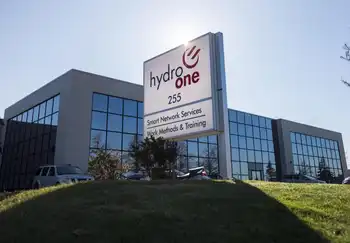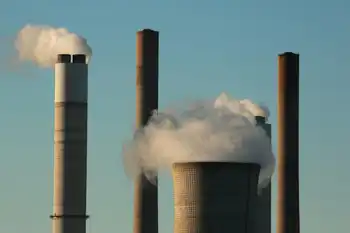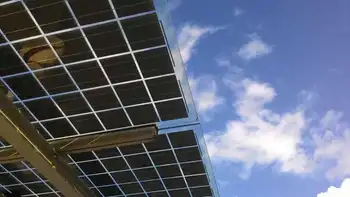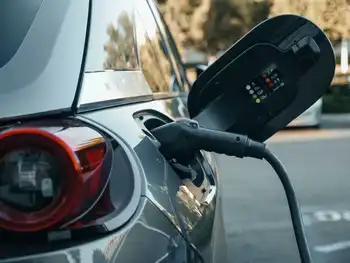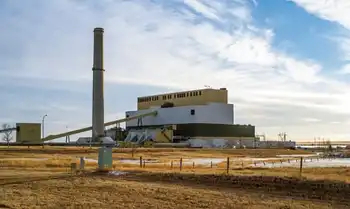EDF demands UK help with nuclear renaissance
By Industrial Info Resources
Electrical Testing & Commissioning of Power Systems
Our customized live online or in‑person group training can be delivered to your staff at your location.

- Live Online
- 12 hours Instructor-led
- Group Training Available
The French state-owned company, which now owns British Energy and has plans to build two new power plants at Hinckley Point in Somerset and Sizewell in Suffolk, has warned that the wildly fluctuating carbon market does not necessarily make investing billions of euros in the construction nuclear plants very attractive. EDF wants the U.K. government to offer greater incentives, suggesting that a carbon tax would help.
"We need a robust business case before we can make a final investment decision, and that will have to include answers to whether the carbon price will deliver the right signal," said EDF Energy CEO Vincent de Rivaz at the Nuclear Industry Forum in London. "So far, the carbon market has not achieved its objective and needs to change. In the past, carbon prices have fallen to unrealistic levels, and there is considerable uncertainty about the future. A carbon tax is a solution. It should be the principal tool for achieving an affordable transformation to a low-carbon economy."
Commenting on the current state of carbon capture and storage technologies and renewables subsidies in the UK, Rivaz claimed, "There's a risk that conflicting targets and distorting subsidies will create a shambolic framework for investment. All the low-carbon technologies have to compete on a level playing field."
Paul Golby, chief executive of E.ON UK, a subsidiary of E.ON AG, echoed Rivaz's opinions, claiming carbon prices are far too low. "As much as I would prefer to see investment in low-carbon energy driven by the carbon prices, we ought to recognize that current market conditions mean that this is not a sufficient incentive at the moment," said Golby. "We have to recognize that the current framework for energy largely consists of a set of sticking plasters. What is needed is a roadmap."
The UK government has ambitious plans to revive its ageing nuclear power sector with a list of 11 sites earmarked for new reactors. The government wants the first four reactors up and running by 2018, but key players like EDF and E.ON have been outspoken about delays caused by a slow planning process and a lack of financial incentives.
There are still 15 reactors in operation in the UK, accounting for about 18% of the country's power-generation mix, but most of these will be shut down within the next 10 years, and the country is expected to face a serious energy crisis.
EDF might be talking about how a lack of incentives is slowing things down, but news reports indicate that the company is planning to start pre-construction work at Hinckley Point and Sizewell before its gets full licences in 2013.
Full planning licences are subject to rigorous safety and planning investigations into the proposed reactors, and they are not expected to be issued before 2013. EDF, however, has admitted that it plans to go ahead with certain site work in advance, confident that it will receive the green light in four years time.





